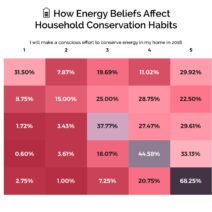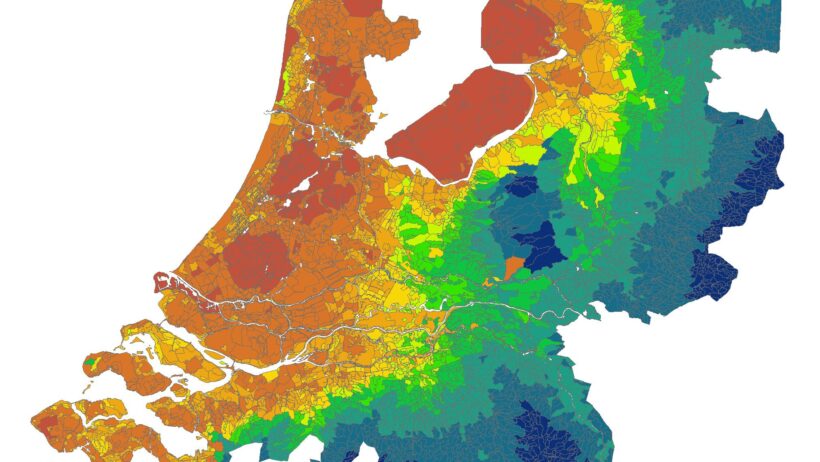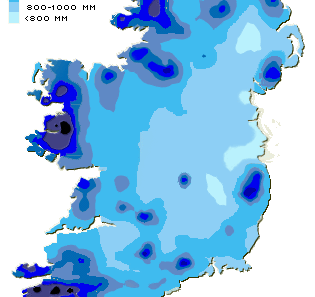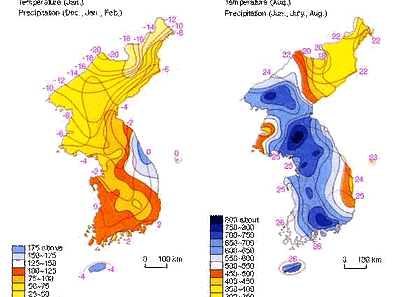The climate in the Netherlands is an intriguing amalgamation of influences, shaped by its geographical nuances and maritime location. Situated in Northwestern Europe, surrounded by the North Sea, the country embodies a temperate maritime climate characterized by moderate temperatures and fluctuating precipitation. The interplay of flat landscapes and the maritime environment fosters a unique ecological tapestry that deserves closer examination.
The Netherlands is renowned for its remarkably flat terrain, which largely contributes to its climate dynamics. With the majority of the country lying below sea level, particularly in the western regions, the topographical characteristics dictate not only water management practices but also climatic patterns. The elevation—or lack thereof—creates a scenario where air masses can easily traverse the land, promoting a relatively uniform climate across the nation.
One of the primary attributes of the Dutch climate is its temperate nature. Winters are cool but rarely severe, with average temperatures hovering around 3°C (37°F). The coastal influence acts as a buffering mechanism, minimizing dramatic temperature swings. Snowfall is infrequent, though when it does occur, it’s often accompanied by a sense of anticipation and wonder among residents. The brief interlude of snow against the flat white expanse can mesmerize even the stoutest of cynics.
Conversely, summers are mild and pleasant, with average temperatures reaching 17°C to 20°C (63°F to 68°F). However, a certain unpredictability looms over the summer months. The maritime breeze can usher in cool, refreshing effects or deliver unexpected rain showers that transform bright sunny days into ones necessitating raincoats. This hydrometeorological variability is inherent to life in the Netherlands.
The influence of the North Sea is central to understanding the Dutch climate. This maritime body acts as an enormous regulator, moderating temperature extremes and altering precipitation patterns. As wind currents sweep over the sea, they pick up moisture and release it in the form of rain across the land, leading to the quintessential wet climate the Netherlands is known for. Annually, the country receives an average of approximately 700 to 800 millimeters of precipitation, with a particularly high concentration happening during the autumn months.
This consistent rainfall nurtures the lush greenery that envelops the nation. Fields of tulips, vibrant pastures, and rich vegetation paint the landscape, making the Netherlands a visual feast for onlookers. Agriculture thrives, leveraging the nutrient-rich soil that has made the country a leader in the agricultural sector. The interplay between climate and topography fuels a bountiful harvest, showcasing the resilience of Dutch farming practices.
Given the climate’s propensity for rainfall, the presence of freshwater and brackish ecosystems is prevalent. Wetlands and lakes dot the landscape, fostering biodiversity and providing essential habitats for various species. The ecological interdependence observed here exemplifies how climate conditions can shape biomes and contribute to the intricate web of life in the Netherlands.
However, the delicate balance created by this maritime influence does not come without challenges. Climate change presents an existential threat, particularly for low-lying regions. Rising sea levels, a harbinger of global warming, increase the vulnerability of the landscape to flooding. With approximately 26% of the Netherlands situated below sea level, the country has invested significantly in advanced water management systems. Dikes, flood barriers, and innovative drainage practices underscore the Dutch commitment to combating the impacts of climatic shifts.
Additionally, altered weather patterns are manifesting in the form of increased rainfall intensity and frequency of storms, leading to heightened risks of flooding in urban areas. Such climatic changes disrupt daily life, questioning the sustainability of current infrastructure and necessitating proactive, adaptive strategies.
Furthermore, prolonged dry spells and heatwaves can result in water shortages, bringing agriculture into jeopardy. Farmers face the dual challenge of adapting to increasingly variable weather patterns while preserving yields in adverse conditions. Embracing sustainable agricultural practices has become paramount for ensuring food security in such an unpredictable climatic future.
Indeed, the climate in the Netherlands embraces complexity. Beyond the obvious aspects of temperature and precipitation, there is also an intricate web of socio-economic implications tied to environmental trends. The importance of sustainable initiatives and climate resilience have arguably never been more critical. The Dutch government has committed to reducing greenhouse gas emissions and bolstering sustainable practices to address the looming specter of climate change.
In exploring the climate of the Netherlands, we uncover a compelling narrative of adaptation, resilience, and responsibility. The country’s unique geographical features and maritime influence cultivate an abiding relationship with nature—a relationship that warrants vigilant stewardship as it navigates the existential challenges posed by climate change. In a world facing unprecedented environmental transformations, the Netherlands stands as a reminder of the profound impact climate has on both the natural and human elements of existence.
As such, the story of the Dutch climate is not merely a tale of temperatures and precipitation records; it is a clarion call to acknowledge the profound interconnectedness of human actions and natural patterns. By understanding the climate of the Netherlands, we gain valuable insights that extend beyond its borders, inviting a broader reflection on climate action, sustainability, and the responsibility we hold towards our shared planet.







